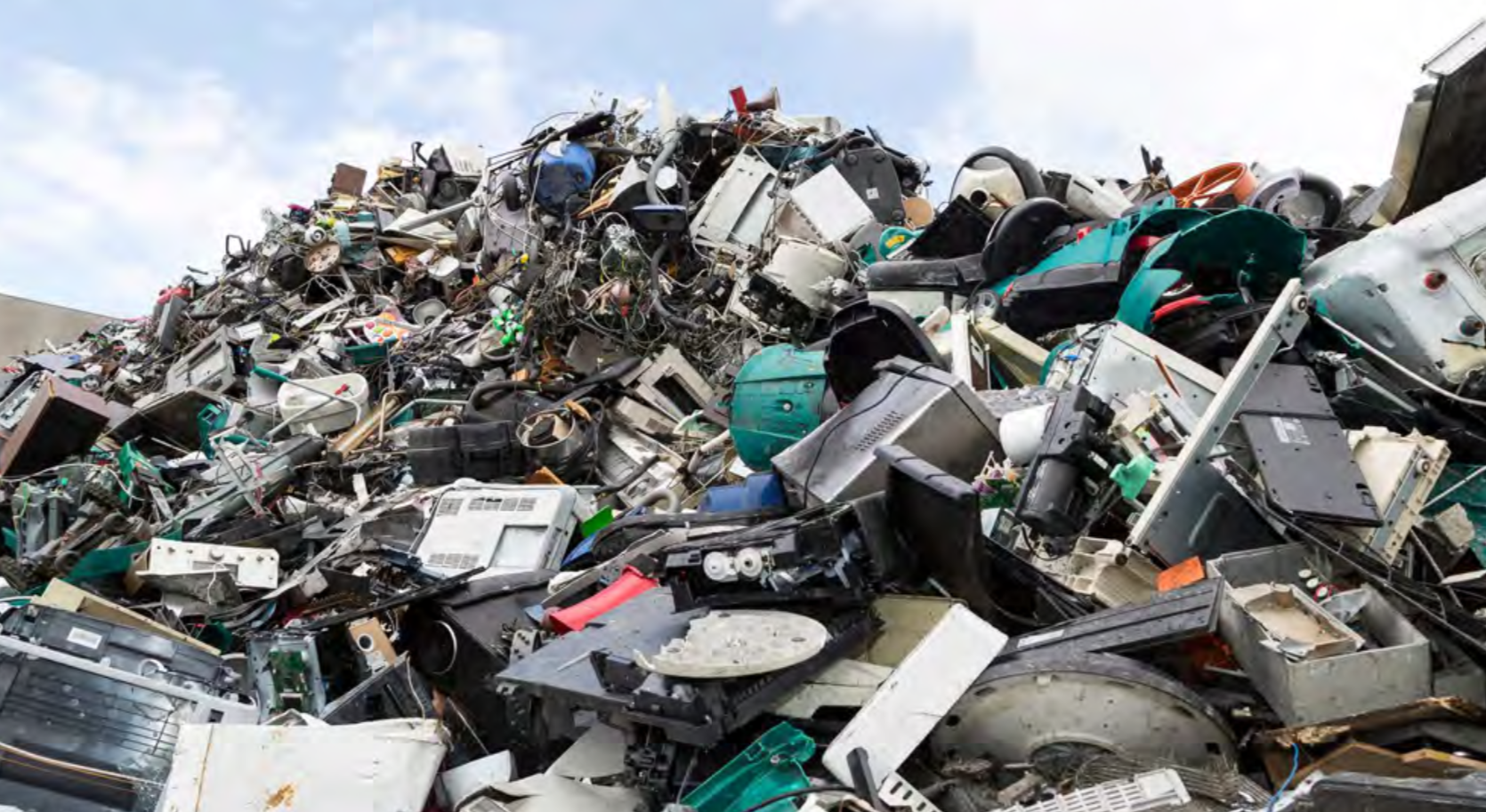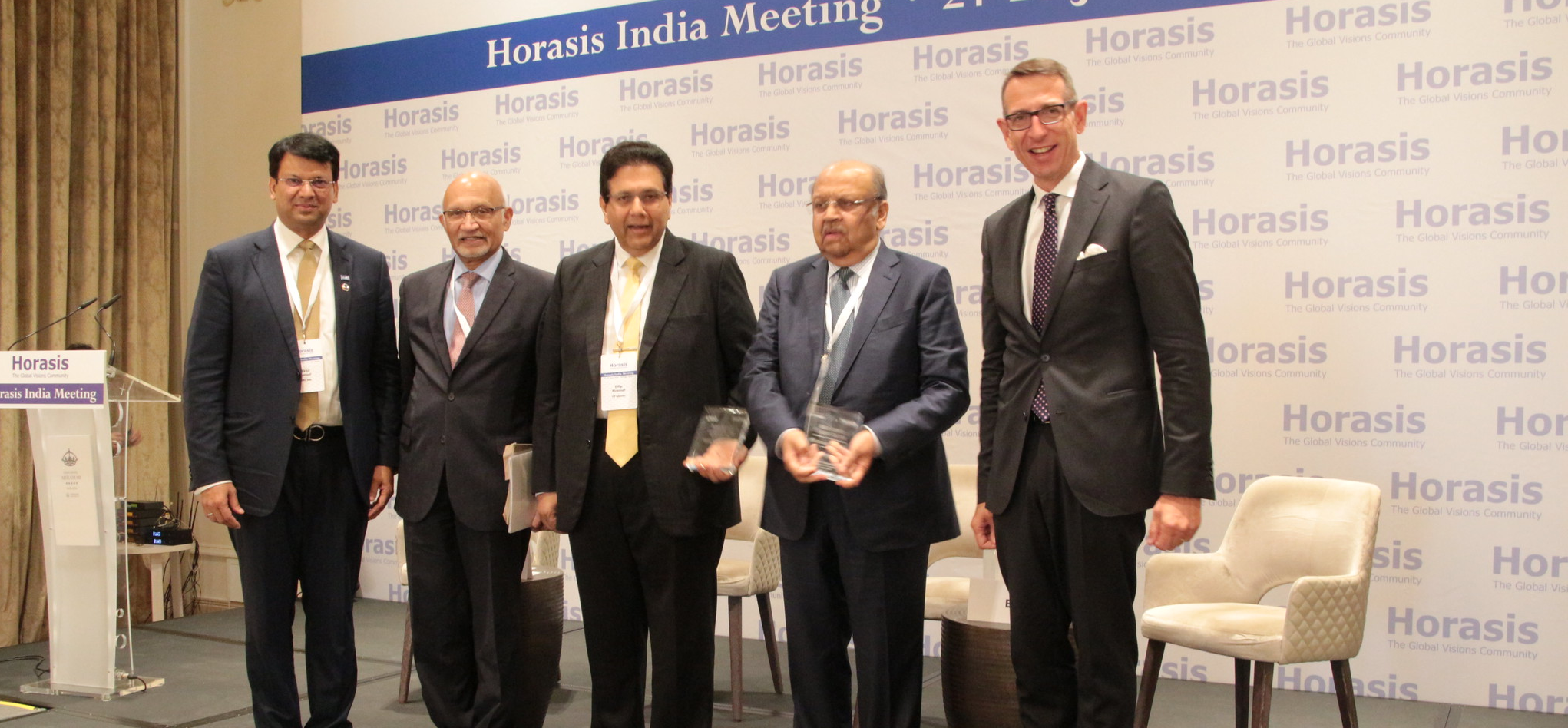Reestablishing Global Supply Chains Originating in Asia
Global supply chains kickstarted the wheels of global trade. It was an enabler to industrialization and is a key component to the fourth and indeed the fifth industrial revolution.
Supply chains are what binds two countries or in simple layman terms, the buyer and the supplier. It builds a bridge for a buyer to access the needed goods and services being provided by a particular supplier anywhere in the world. It creates a win-win situation wherein both the ends of the supply chain benefit from this relation.
Present day supply chains are complex, enabling a particular product to go through multiple suppliers to finally end up in a consumer’s hands. This is purely done for better pricing; reduced operational costs; and quicker delivery of products to consumers.
But this way of doing global business now stands threatened due to various global economic and political fallouts. The pandemic and rising geopolitical tensions are top two factors leading to it. What steps can Asian leaders—both in the political and corporate diaspora—take to better regenerate Asia’s hold on global value chains.
This forms the crux of one of the themes being discussed in the upcoming Horasis Asia Meeting, being held between 20 to 21 November in Kitakyushu, Japan. The event will host 400 of the foremost business and political leaders from across Asia and the world, as they discuss ways to revitalize Asia’s economy in building a resilient post-COVID Asia.
Challenges Abound
The importance of supply chains cannot be further stressed than its direct relevance to economic growth. Vietnam is a perfect example of that. Between 2010 to 2020, its exports to the world ballooned from US$72.24 billion to US$281.44 billion. Simultaneously, within the same period, Vietnam’s GDP grew from US$147.2 billion to US$343.24 billion.
This clearly depicts the importance of trade to flourish an economy, while trade cannot be imagined without a robust and sustainable supply chain. The sustainability of global supply chains was tested amid the global pandemic.
After the onslaught of the pandemic, governments rushed to contain the virus spread, while many businesses were caught unawares. Global supply chains were already stretched due to souring US-China relations, that had heavily impacted businesses on both sides of the continent. The trade war has already resulted in a total loss of US$550 billion in import tariffs.
Presently, global supply chains are threatened by the impacts of the pandemic that has made several companies rethink their procurement strategy. Many companies are contemplating moves away from value chain points, mostly based in Asia to nearby countries for better control. This greatly endangers the prospects of Asia’s growth and development.
Price volatility is the new crisis that is playing spoilsport for global supply chains. Rising fuel prices— influenced by the ongoing Russia-Ukraine war—has made prices of commodities costly, heightening inflationary pressures. It is also impacting competitiveness of companies as they are faced with great uncertainties in introducing new products or pricing products appropriately due to volatility of prices in the global market.
Response System
Supply chain disruptions led to companies facing raw material shortages leading to failed deliveries and substantial revenue losses. Disruptions to the global value chain also led to shortages in factory workers and logistic suppliers. Prices of cargo containers and vessels increased substantially amid the pandemic debacle.
The semiconductor shortage depicts how dependence on one global supplier by every automotive company in the world, resulted in delayed car deliveries and market share. The chip shortage has led to Volkswagen halting its electric vehicle production by a week at two of its German factories, resulting in losses of 5,000 vehicles in production.
But some companies have also displayed great resilience in times of crisis, by pivoting to making other essential items such as face masks, ICU beds and other medical equipment to cater to the growing shortage in the market. And companies like Tesla have proven why great tech can sustain disruptions.
Steps Ahead
Asia in particular faces a crucial turning point. Its relevance in the global value chain cannot be stressed further. China—the world’s factory—is slowly losing ground due to souring relations with Western countries; rising labor prices; and its strict zero-COVID policy. This poses both a threat and opportunity that other countries in the region such as India and Vietnam can leverage.
We can already witness developing countries such as Vietnam investing heavily in strengthening its workforce in STEM education and R&D in emerging technologies. India is also seen as a strong production hub due to its young and educated workforce.
Asian governments will need to develop favorable policies that allow companies to seamlessly setup manufacturing and trading hubs within the region, sans the bureaucratic redtape. Meanwhile, policymakers should also focus on strengthening its infrastructure and people that govern the supply chain to ensure a robust post-pandemic recovery.
The Horasis Asia Meeting follows on the heels of the Horasis India Meeting, held between 25-26 September 2022 in Vietnam. The India Meeting was attended by 400 leaders from both the business and government diaspora. To learn more about the event, click here.
Photo Caption: A container ship in Victoria Harbor of Hong Kong.




